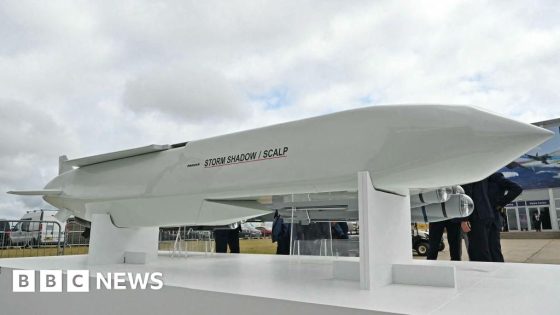As the NATO alliance prepares to gather this summer to celebrate its 75th birthday, rhetoric around âburden sharingâ â specifically whether member countries are paying enough, where âenoughâ is typically defined as military spending equal to 2% of GDP â is likely to heat up. With a war raging just off NATOâs eastern flank as Ukraine defends itself against an aggressor that has become NATOâs raison dâetre, itâs a fair question: Are NATO member countries doing enough?
Although many NATO member countriesâ militaries need work, obsession with the 2% of GDP metric belies a fundamental misunderstanding of military capabilities and national preparedness for conflict. Spending is important, but there is much more that matters.
Rather than serving as a long-standing foundation of the NATO alliance, after years of serving as an unofficial benchmark, the metric that 2% of each member countryâs GDP should be dedicated to military spending was only officially agreed upon by NATO members at a summit in 2014 â and it was a target that was to be met âwithin a decade,â or by 2024. At the time of the summit, in the wake of Russiaâs occupation of Ukraineâs Crimean peninsula, NATO leaders were worried about their militariesâ readiness, and several NATO countries reported having low â even negative for Croatia and Italy â defense expenditures as a percent of GDP.
Many politicians and analysts have used continued low levels of defense spending in Europe as a cudgel against NATO âfree-riders.â And while free-riding in NATO is certainly a problem for some countries, military spending as a percent of GDP is a poor metric of which countries are the free-riders. With U.S. defense spending hovering around 4% of GDP in recent years, it would appear that the U.S. is contributing more than twice as much to NATOâs defense as, say, Denmark with defense spending at 1.4% of GDP as of 2022. But this fails to account for the geographic distribution of such spending. In one analysis, about 25% of U.S. military spending goes toward Europe, with a much smaller share going toward U.S. homeland and North American security. From this perspective, there is not much daylight between the U.S. and Danish contributions to NATO as a share of their respective GDPs.
Moreover, spending does not necessarily equal capabilities. It depends on how that money is spent. Among the top defense spenders in NATO in relative terms, Greece spent 3% of its GDP on its military in 2023, and yet arguably much of that spending has been focused on countering Turkey â a NATO ally. Meanwhile, the Netherlands, with 2023 defense spending at 1.7%, has played a leading role in providing support to Ukraine as it fights back against aggression from NATOâs main adversary, Russia.
In some respects, European NATO member countries are far ahead of the U.S. in terms of contributions to national and international security, assuming we take a broader perspective than military spending alone. If we have a narrow interpretation of what type of spending contributions toward national and international security, there is much we will fail to consider, including spending that improves human capital and supports the creation of unique technological advantages. While the U.S. spends extraordinary amounts on health care, it does so inefficiently, leading to much poorer health outcomes â and thus degraded human capital â relative to several European NATO member countries like Germany. Another example involves the opportunity cost born by high-tech manufacturing company ASML in the Netherlands, which â for reasons important to NATOâs security â will not sell to China its extreme ultraviolet lithography equipment for advanced semiconductor manufacturing despite substantial Chinese demand.
This is not to give Europeans a free pass. Continent-wide, there has been a substantial underproduction of artillery shells and other munitions across Europe, whether countries have met the 2% target or not. While it is true that Poland, for example, is beginning to step up in this respect, it is doing so nearly two years after Russiaâs full-scale invasion of Ukraine when the threat that Russia poses to Europe became blindingly obvious.
Several European militaries still need to substantially improve their readiness, including Germany. By its own defense ministerâs admission, the German military âwill not be able to hold its own in high-intensity combat and will also be able to fulfill its obligations to NATO to a limited extent,â projecting that the Bundeswehr will ânot be sufficiently equipped with large-scale equipment in 2027.â But whether Germany or any other NATO memberâs military spending is adequate must be measured by outputs â or capabilities â rather than inputs â or spending as a percentage of GDP. Otherwise, NATOâs 2% target may become a fig leaf rather than an indicator of sufficient preparation.
Collin Meisel is the associate director of geopolitical analysis at the University of Denverâs Frederick S. Pardee Center for International Futures, a geopolitics and modeling expert at The Hague Centre for Strategic Studies, and a nonresident fellow at The Henry L. Stimson Center.
Source Agencies


